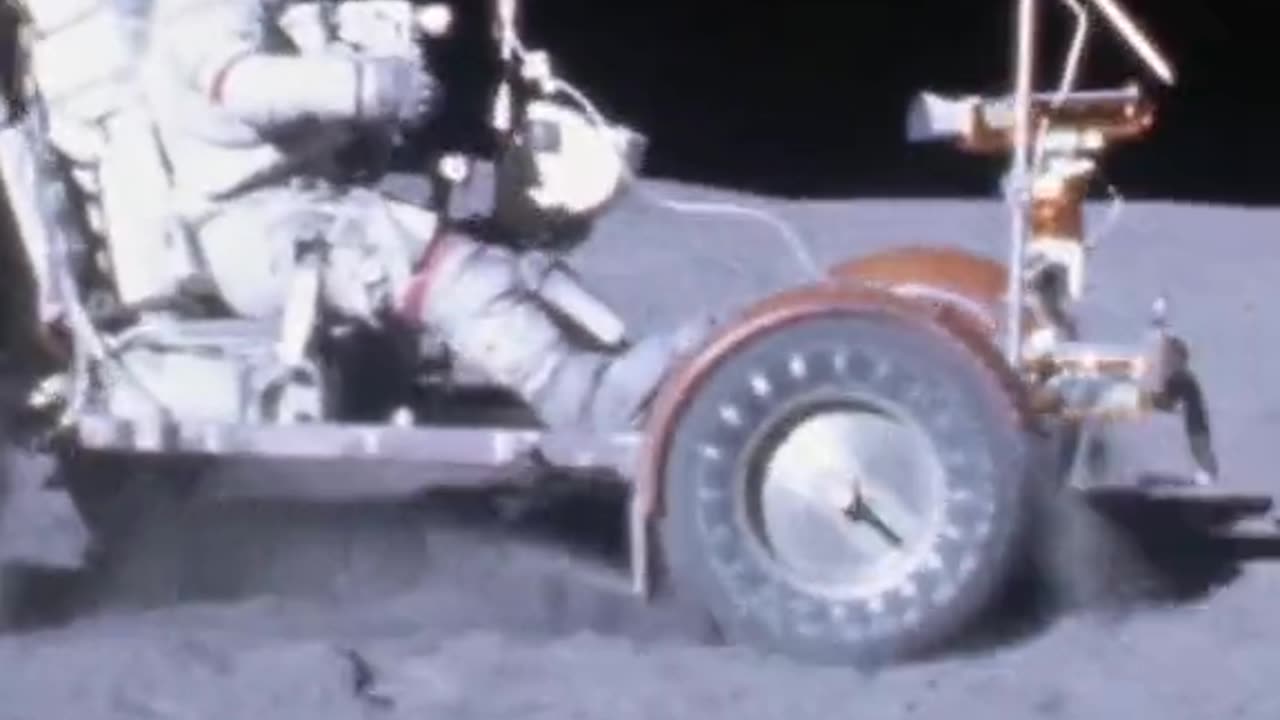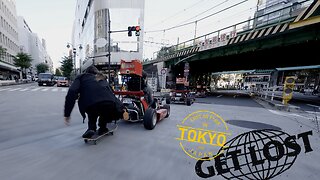Premium Only Content

Moon car apllo
The Apollo moon car, officially known as the Lunar Roving Vehicle (LRV), was a remarkable piece of engineering that played a crucial role in the Apollo missions to the moon. It was a four-wheeled, battery-powered vehicle specifically designed for the lunar surface.
The LRV was a compact and lightweight vehicle, measuring about 10 feet long and 6 feet wide. It featured a sturdy aluminum frame and four high-grip, mesh wire wheels that allowed it to easily traverse the rugged lunar terrain.
The moon car was capable of accommodating two astronauts, who would sit side by side in a small, open cockpit. They would control the vehicle using a set of handlebars, resembling those of a bicycle, which allowed for precise steering and control.
Powered by batteries, the LRV could reach a top speed of about 10 miles per hour on the moon's surface. It was equipped with a navigation system, a communications system, and scientific instruments, such as a camera and a spectrometer, to assist astronauts in their lunar exploration and experiments.
The LRV played a pivotal role in extending the exploration range of astronauts during their moonwalks. It allowed them to cover larger distances and collect valuable samples from various lunar sites. It also provided a level of mobility and flexibility that would have been impossible to achieve on foot.
The moon car's contributions to the Apollo missions were significant, enabling astronauts to conduct scientific research, collect lunar samples, and explore the moon's surface more extensively. Its deployment opened up new possibilities for lunar exploration and paved the way for future missions and technologies in space exploration.
-
 20:53
20:53
SLS - Street League Skateboarding
2 days agoGold Medals, World Class Food, Night life & more - Get Lost: Tokyo
43.6K6 -
 47:13
47:13
PMG
18 hours ago $0.35 earned"Hannah Faulkner and Doug Billings | WHY LIBERALS LOST THE ELECTION"
20.3K -
 59:01
59:01
The Liberty Lobbyist
4 hours ago"We Only Have NOW To Make a Difference"
22.3K2 -
 4:16:41
4:16:41
CatboyKami
6 hours agoStalker 2 Blind playthrough pt1
22.3K2 -
 1:06:27
1:06:27
Russell Brand
6 hours agoNeil Oliver on the Rise of Independent Media, Cultural Awakening & Fighting Centralized Power –SF498
193K261 -
 1:39:14
1:39:14
vivafrei
6 hours agoSoros Karma in New York! Tammy Duckwarth Spreads LIES About Tulsi Gabbard! Pennsylvania FLIPS & MORE
92.5K70 -
 1:57:36
1:57:36
The Charlie Kirk Show
6 hours agoInside the Transition + The Bathroom Battle + Ban Pharma Ads? | Rep. Mace, Tucker, Carr | 11.21.24
142K62 -
 59:20
59:20
The Dan Bongino Show
8 hours agoBitter CNN Goes After Me (Ep. 2375) - 11/21/2024
914K3.76K -
 57:28
57:28
TheMonicaCrowleyPodcast
3 hours agoThe Monica Crowley Podcast: Mandate into Action
23.5K2 -
 1:02:09
1:02:09
TheAlecLaceShow
6 hours agoGuests: Alex Marlow & Terry Schilling | Justice For Laken Riley | Russian ICBM | The Alec Lace Show
36.1K8